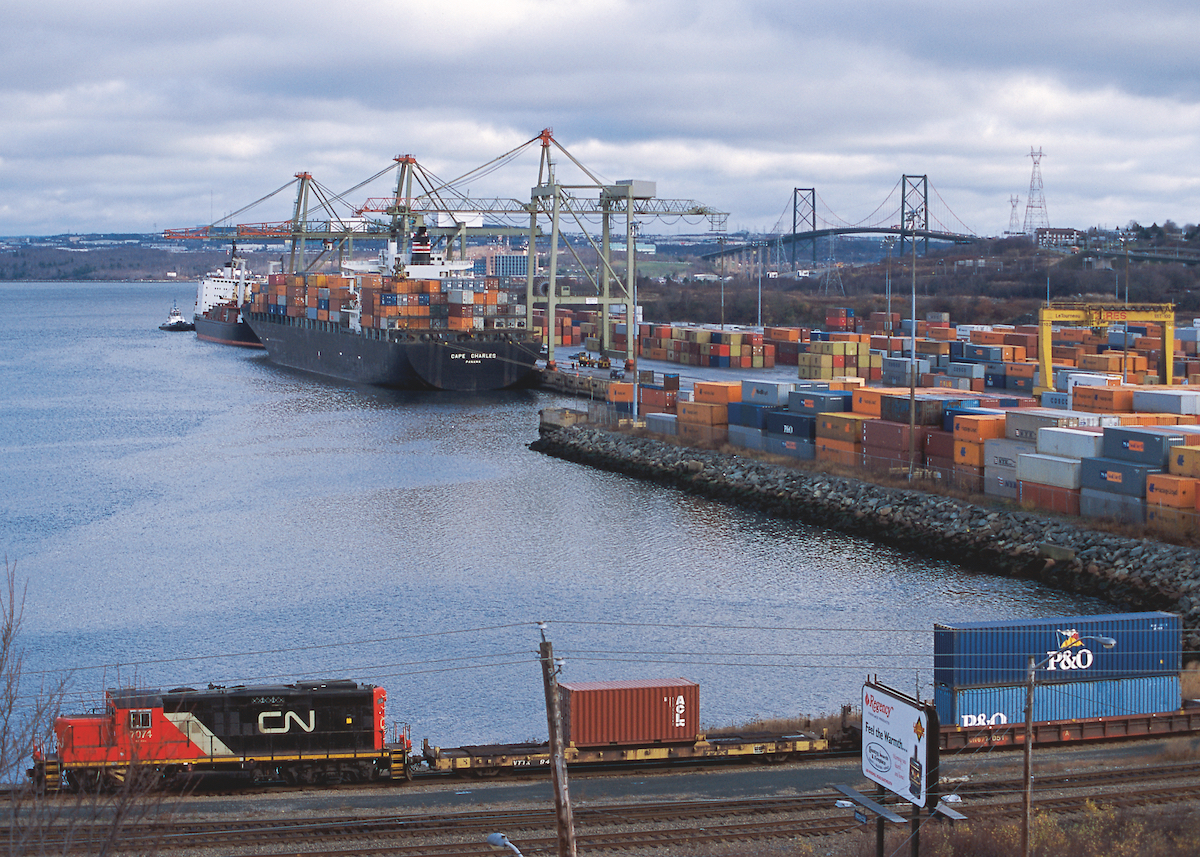Infra
Railroads among recipients of Canadian funding for digital infrastructure projects – Trains

HAMILTON, Ontario — Canadian National Railway, the Southern Railway of British Columbia, and a consortium including several short lines in Saskatchewan and Alberta are among recipients of up to C$51.2 in funding from the Canadian government for digital infrastructure projects under the National Trade Corridors Fund.
A total of 19 projects will receive funding, announced Friday by Transport Minister Pablo Rodriguez. In addition to the four projects with direct funding to railways, a majority of the others will have impacts on rail traffic.
“Strong supply chains help make the cost of living more affordable for Canadians,” Rodriguez said in a press release. “This technological innovation will help make supply chains faster and more resilient. With these investments, we’re making sure crucial knowledge and information can be shared and acted on for the benefit of Canadian consumers, workers and businesses.”
CN will receive funding for two projects: $6.27 million for the Application Programming Interface Program, which aims to reduce carbon emissions by minimizing computing power requirements compared to traditional IT systems, and $767,000 for an Inter-Railway Data Exchange of train schedule, consist, and crew information. In both cases, the railroad will match the government funds.
The Southern Railway of BC will receive $1.02 million for a $2.17 million project for digital solutions in supply chain planning. This project will provide pipeline visibility, forecasting, and shipment management capabilities, and the ability to share this information with supply chain partners, as well as hardward to provide real-time information on railcar locations.
A group including the Carlton Trail Railway, Great Sandhills Railway, Great Western Railway, Oyen Regional Railway, Stewart Southern Rail, and Purely Canada Foods will receive $583,111 to address first-last mile visibility through the addition of automatic equipment identification readers and yard management software. The recipients will match the federal funds.
Other projects with rail applications include:
— $9.3 million to the Vancouver Fraser Port Authority for gateway optimization and forecasting, to increase capacity, efficiency, and reliability through seamless information sharing among stakeholders.
— $3.7 million to PSA Halifax, a terminal operator at the Port of Halifax, for a container terminal digitalization project to enhance the sharing of data and improve the efficiency of port operations.
— $3.3 million to the Port of Montreal to improve port logistics by creating real-time connectivity among stakeholders, sharing operational data to enhance transparency and decision making.
— $2.42 million to logistics company WTC Group for digital transloading systems to enhance supply chain visibility, lower logistics cost, boost the productivity of equipment, and eliminate unnecessary truck trips.
— $2.2 million to the Western Canada Shippers’ Coalition for a digital tool to enhance visibility of the Western Canada rail network, offering real-time reporting, forecasting, capacity analysis, and performance information.
— $1.04 million to the Port of Quebec to enhance the collection and transparency of port, road, and rail data, with the objective of identifying bottlenecks, optimizing efficiency, and tracking progress in decarbonization.
— $1 million to the Halifax Port Authority for a data integration hub, improving the quality of data and making it easier for partners to share information, decreasing ship turnaround time and making rail and road transport more efficient.
— $900,000 to the Prince Rupert Port Authority for a gateway data visualization initiative, to improve efficiency, reduce operating costs, and optimize resource allocation.
— $395,000 to the Canadian Avalanche Association for mobile tools to reduce the impact of avalanches, reducing closure times for rail and highway corridors.
The full list of recipients is available here.










